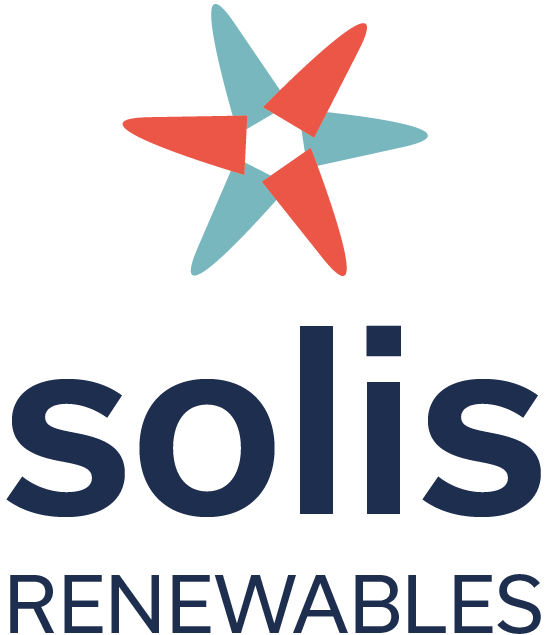From Idea to Operations: Navigating the Path of Clean Energy Project Development
Clean energy project development plays a crucial role in the energy transition. It involves a systematic, meticulous, and multifaceted approach to bringing renewable energy ideas and theses to life. Ideas and theses meaning primarily solar, storage, and wind projects and portfolios not only across the US but the world.
In this blog post, we will explore the six fundamental steps of clean energy project development and pull back the curtain on the intricate process that drives the growth of renewable energy. Each of these steps represents a step that needs to be de-risked by the developer with the end goal to secure attractive financing for the project.
The Six Steps of Clean Energy Project Development
Clean energy project development encompasses several key steps, each contributing to the successful realization of renewable energy initiatives. Let's explore these crucial stages:
Land and Site Control
Securing suitable land and site control is the first step in clean energy project development. It involves acquiring the rights to use the property for the development, construction, and operation of renewable energy projects. Addressing factors such as property taxes, easements, mineral rights, and title ensures enough buildable land for the project.
Interconnection
Interconnection is the process of connecting renewable energy projects to the existing power grid. Obtaining interconnection agreements from regional independent system operators/regional transmission organizations (ISO)/(RTO) allows clean energy to flow seamlessly into the grid, ensuring efficient integration and power distribution.
Permits and Environmental Considerations
Obtaining the necessary permits and addressing environmental considerations is vital in clean energy project development. This step involves navigating federal, state, and local regulations, securing permits for habitats, and species, and complying with historical and cultural authorities. By engaging with communities and jurisdictional authorities, projects can build positive relationships while mitigating environmental impacts.
Design and Engineering
Design and engineering lay the foundation for the buildable area for clean energy projects. This stage involves creating design sets and optimizing the performance and efficiency of renewable energy projects. Conducting feasibility studies, wind and solar resource assessments, and engaging experienced engineering firms are essential to ensure successful project design.
Power Purchase Agreement (PPA)
Power purchase agreements are crucial contracts that establish the terms for selling renewable energy generated by the project. PPAs provide the revenue stream that supports project costs and underpins its profitability. Careful assessment of power economics, capacity factors, and market dynamics ensures the success of these agreements as the project goes into project financing.
Project Finance
Project finance is the culmination of clean energy project development, as it provides the necessary funding for construction and operation. Financing options, such as debt and equity, play a vital role in bringing projects to fruition. Engaging with market-savvy experts and meeting capital market requirements are essential for securing financial support.
An Analogy: Clean Energy Project Development as a Symphony
Clean energy project development can be likened to composing a symphony. Each step represents a crucial note or instrument that harmoniously combines to create a masterpiece. Just as a symphony conductor carefully orchestrates various sections, clean energy project developers strategically navigate the steps of development to achieve a sustainable and harmonious outcome.
Closing
Clean energy project development is the backbone of the energy transition with respect to power generation. By meticulously progressing through the stages of land and site control, interconnection, permits, design, power purchase agreements, and project finance, project development can unlock the potential of more renewable energy generation. on the electricity grid.
